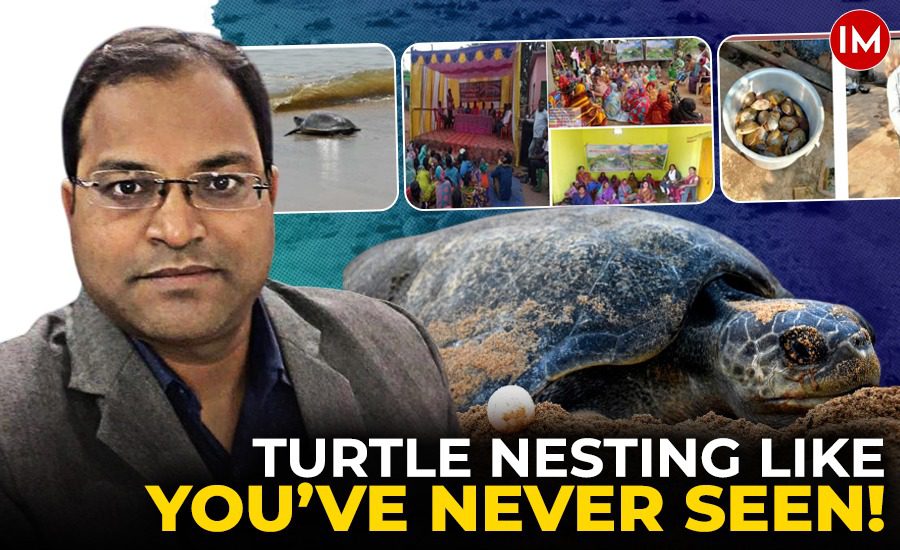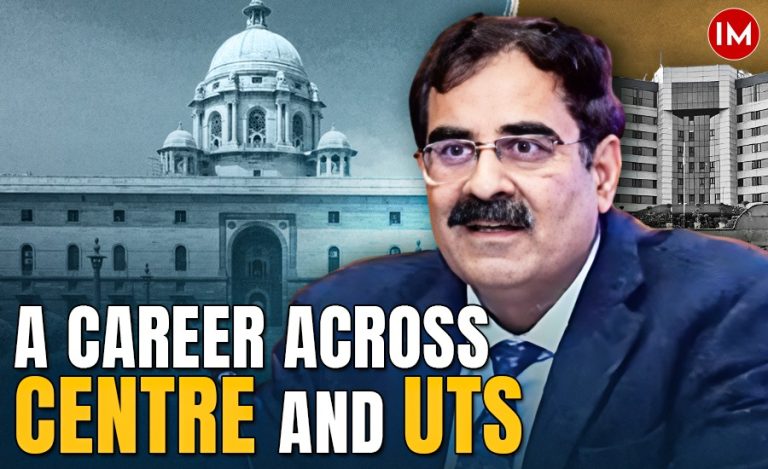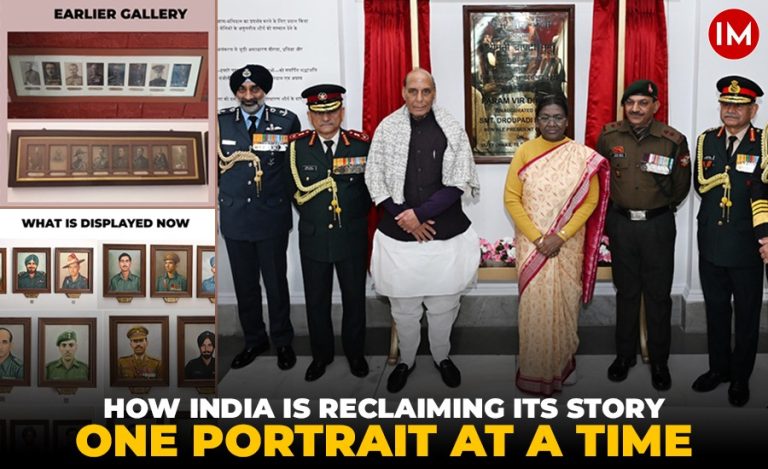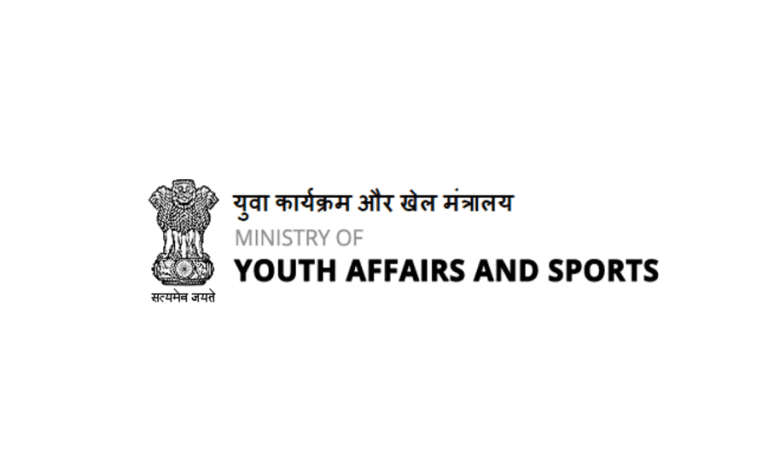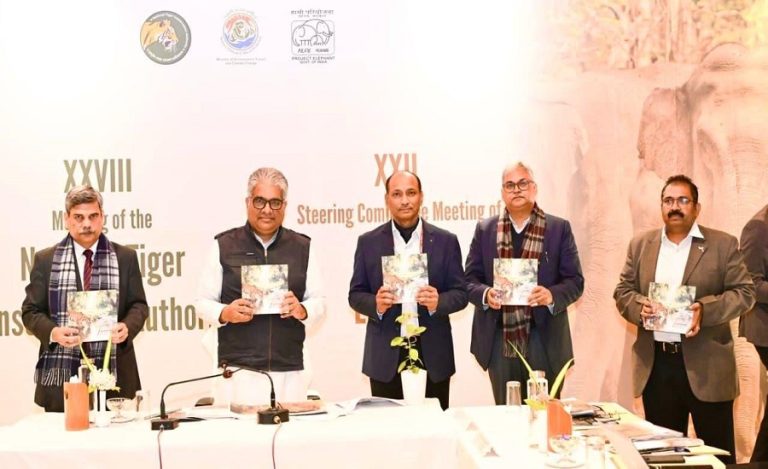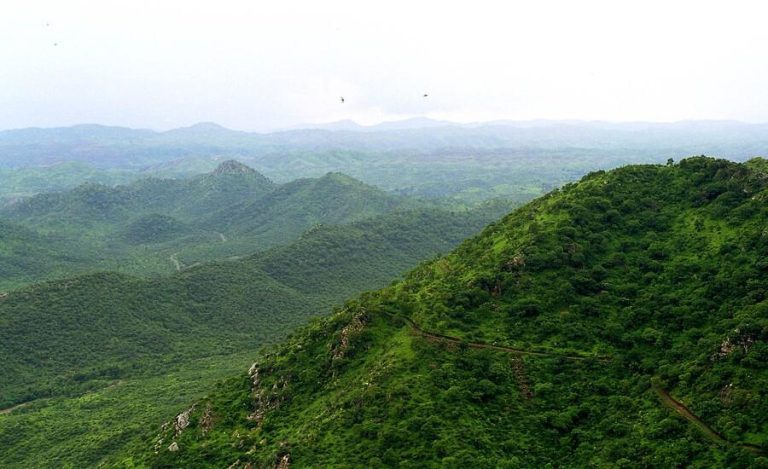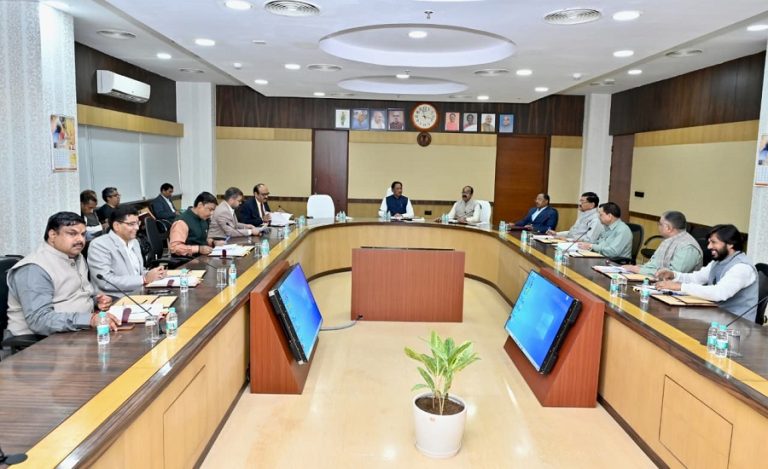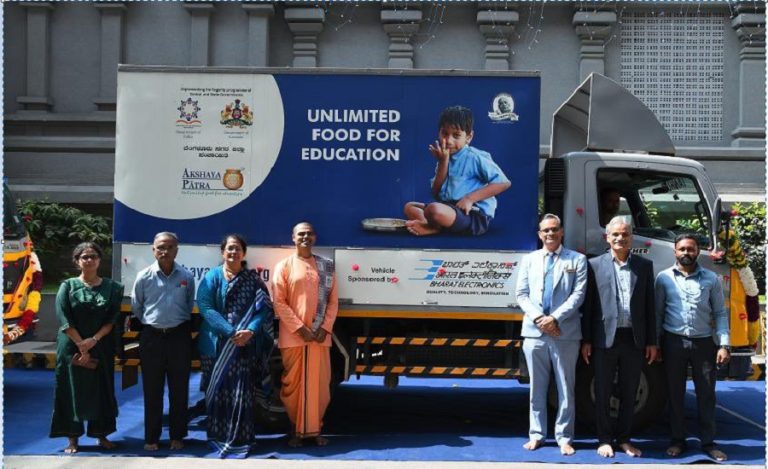In a world where the line between development and conservation often blurs, few individuals stand out as beacons of hope and action. One such person is Dr Sanjaya Kumar Swain, a 2009-batch Indian Forest Service (IFS) officer who currently serves as the Regional Chief Conservator of Forests (RCCF) in Angul Circle, Odisha. With a calm demeanor and a laser focus on impact, Dr Swain has emerged as a pivotal force in wildlife conservation in India, particularly through his groundbreaking work with the endangered Olive Ridley turtles at the Rushikulya river mouth in Ganjam district.
His relentless dedication, combined with strategic planning and inclusive community involvement, has led to record-breaking conservation success in 2025, supporting over 7.5 lakh Olive Ridley turtles during their mass nesting season.
Indian Masterminds interacted with Dr Swain to learn more about this wildlife conservation initiative, its implementation process, and its overall impact.
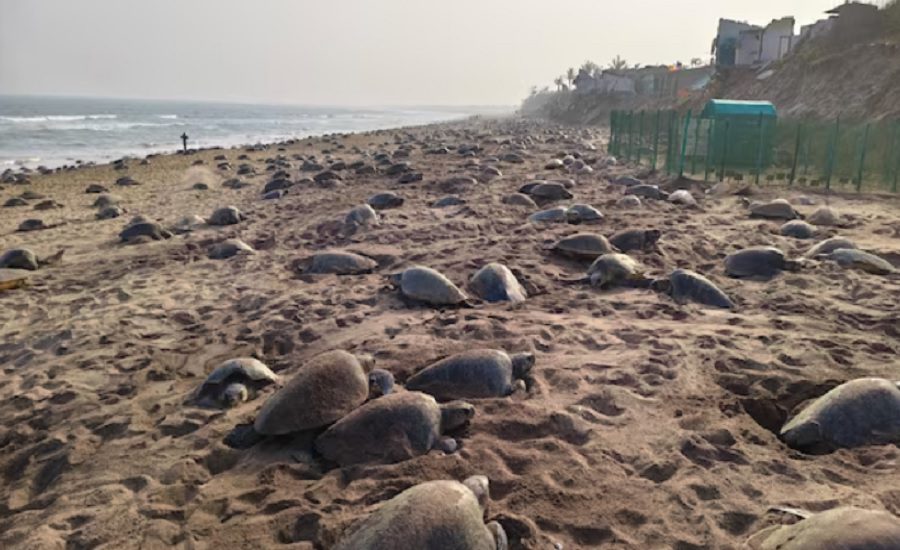
A Critical Habitat: The Rushikulya river Mouth
Located along the Odisha coastline, the Rushikulya river mouth is among the few globally significant habitats where Olive Ridley turtles return annually for mass nesting, known as ‘arribada’. These gentle marine reptiles swim thousands of kilometers to reach these shores to mate, nest, and ensure the survival of their species.
“This is one of the most important mass nesting sites in the world. You will not find this many turtles nesting in one place anywhere else,” Dr Swain shared with quiet pride.
The 2025 Breakthrough: A Record-Breaking Nesting Season
Under IFS Swain’s leadership, the 2025 nesting season was split into two well-managed phases, resulting in the safe arrival and nesting of over 7.5 lakh Olive Ridley turtles – a staggering number that reflects not just nature’s resilience, but the result of precise planning and enforcement on the ground.
“Every year, more than 7 lakh turtles arrive at Rusikulya for mass nesting. This year, thanks to timely coordination and enforcement, we were able to protect them better than ever,” Dr Swain explained.
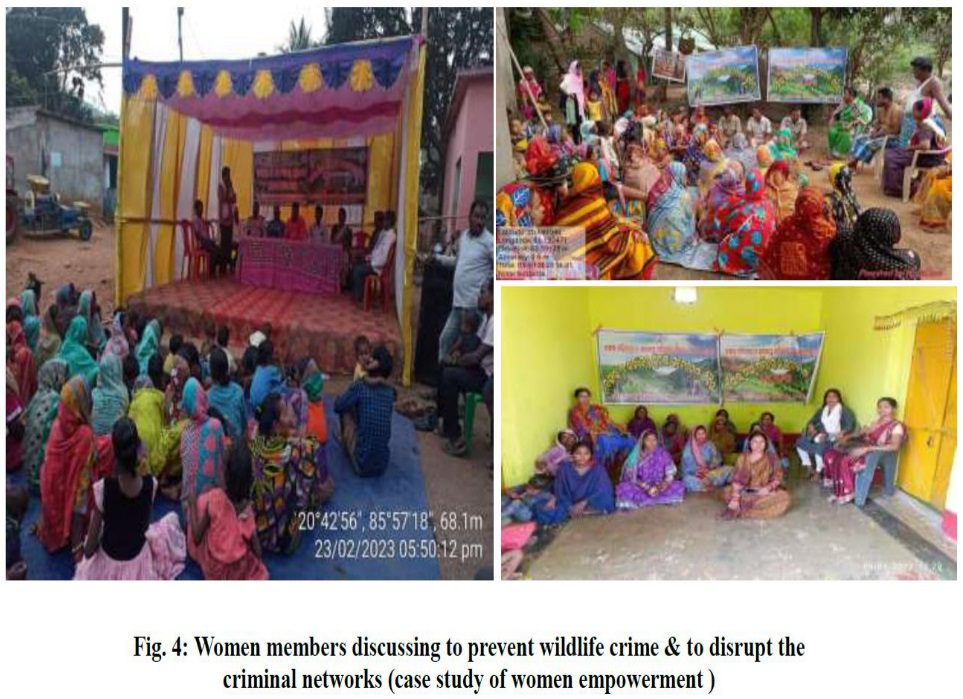
Community at the Core: Mobilizing Local Protection
Recognizing that conservation cannot thrive without local involvement, Dr Swain mobilized over 250 members from Village Forest Protection Committees (VFPCs). Both men and women from nearby communities played a pivotal role in ensuring the safety of nesting turtles and their vulnerable hatchlings.
“Our proximity to the turtles during mass nesting ensures zero casualties. These villagers are our eyes and ears on the ground,” he noted. “They help guard against natural predators like dogs, crows, and jackals. Their dedication is inspiring.”
This grassroots involvement instilled a sense of pride and ownership among the locals, transforming them from bystanders into protectors of a global natural heritage.
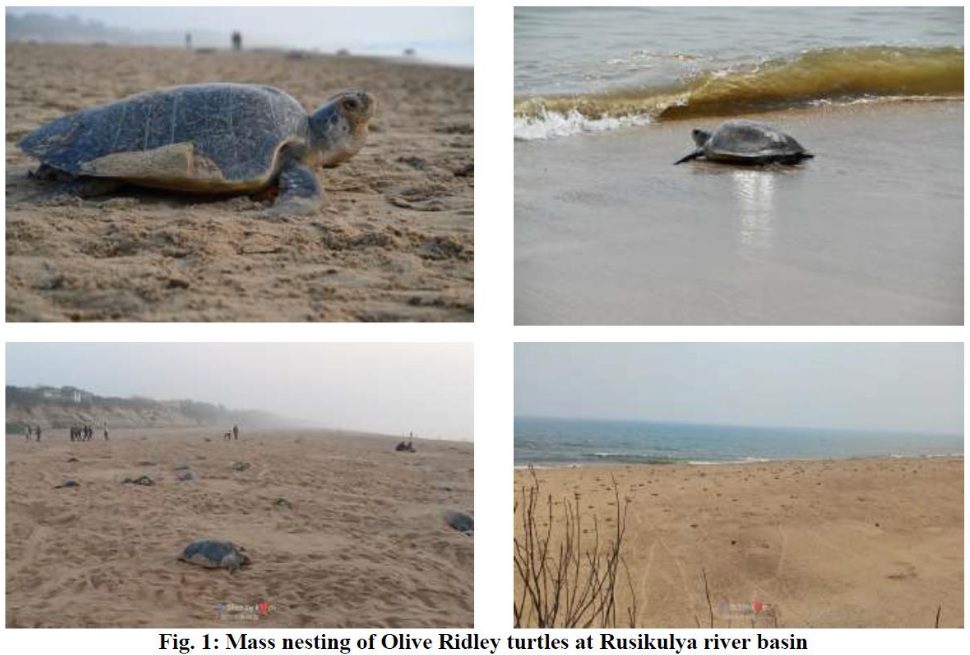
Protecting the Waters: Enforcing Inviolate Zones
A significant threat to nesting turtles comes not from land, but the sea. Mechanized trawlers and fishing boats, especially during the mating season (December to January), can severely harm turtles, often leading to injuries or death.
Dr Swain spearheaded the implementation of strict “inviolate zones” – areas extending 20 km into the sea and 10 km along the coast – where fishing is strictly prohibited between November and May.
“Fishing gears, mechanised boats – these can be lethal to turtles. To avoid disturbance during mating and nesting, we enforce a no-fishing zone. Violators face strict action,” he affirmed.
To mitigate the livelihood impact on local fishermen, the district administration, in consultation with Dr. Swain and other stakeholders, arranged compensation between ₹15,000 to ₹20,000 for affected fishermen.
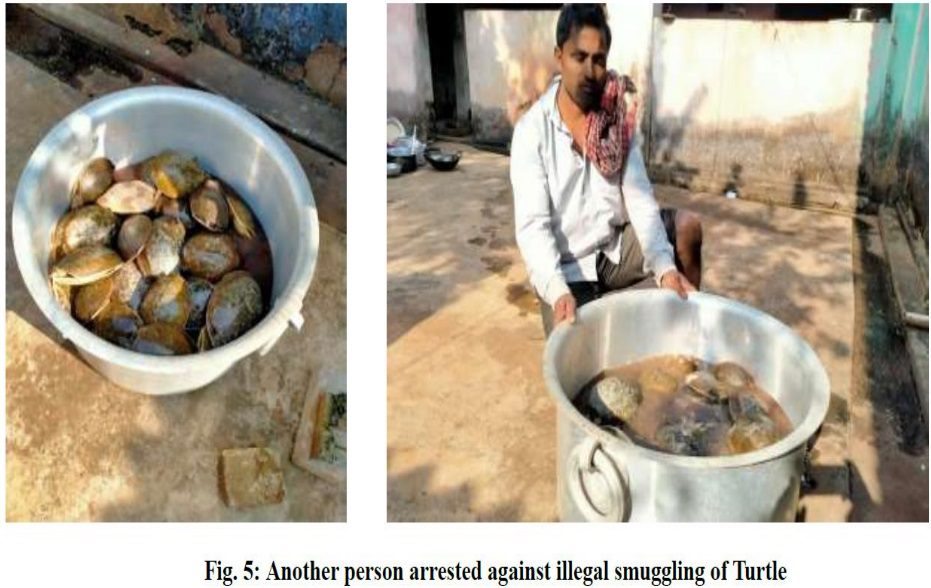
Zero Tolerance: Law Enforcement and Accountability
Despite awareness, illegal fishing activity during the restricted season remained a challenge. Dr. Swain’s team, along with the district administration and Coast Guard, acted swiftly.
“We have arrested offenders, seized trawlers and illegal fishing gear. The message is clear – any violation will be met with strict legal action,” Dr Swain stated firmly.
His commitment to enforcement greatly reduced illegal fishing, ensuring a safer marine environment for the turtles.
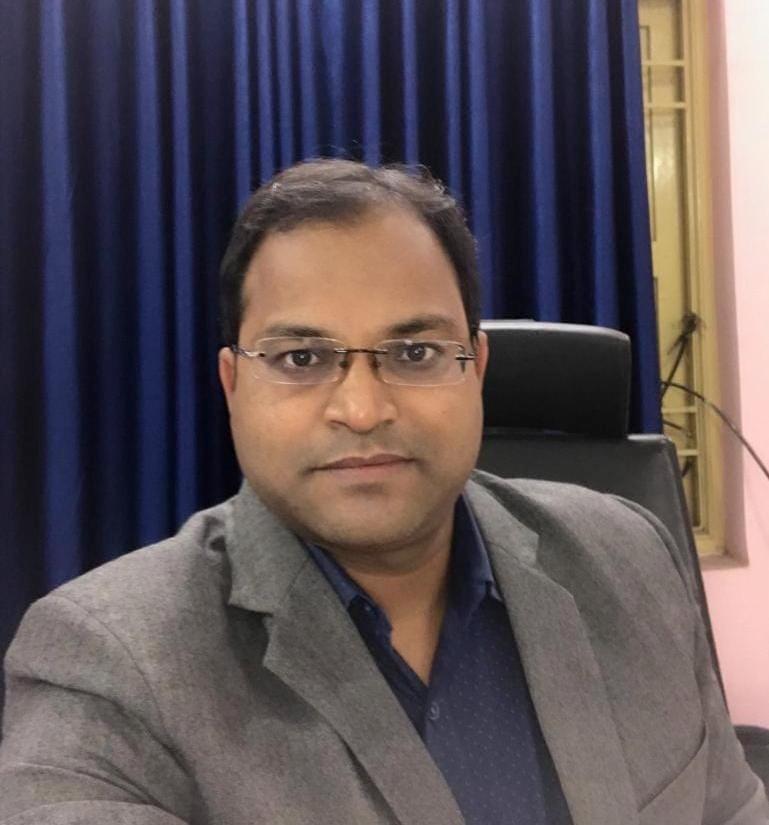
Collaboration for Conservation: The Power of a United Front
Dr. Swain’s success didn’t stem from isolated efforts. It was a result of multi-agency collaboration and strong inter-departmental coordination. The Collector, SP, Coast Guard, Zoological Survey of India scientists, and local forest and fisheries departments all worked in tandem under a well-coordinated strategy.
“Before each mass nesting season, we hold planning meetings under the leadership of the Chief Secretary of Odisha. At every level – district, division, and circle – we prepare with all stakeholders on board,” he explained.
This holistic approach not only enhanced enforcement but also amplified awareness and public cooperation.
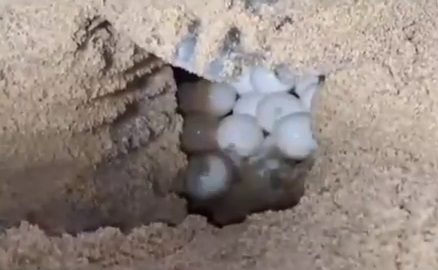
The Results: A Flourishing Habitat and Hope for the Future
Between 2015 and 2020, turtle arrivals at Rushikulya hovered between 3 to 4 lakh. Post-enforcement of inviolate zones, better community involvement, and consistent monitoring, the number more than doubled, exceeding 7 lakh turtles in recent years.
“When turtles feel safe, they return. Our strict protection measures and inviolate zones have created a comfortable environment. That’s why they’re coming in such high numbers again,” Dr Swain said with satisfaction.
His model has also enhanced eco-tourism potential in the region, drawing national and international attention to Odisha’s coastal biodiversity.
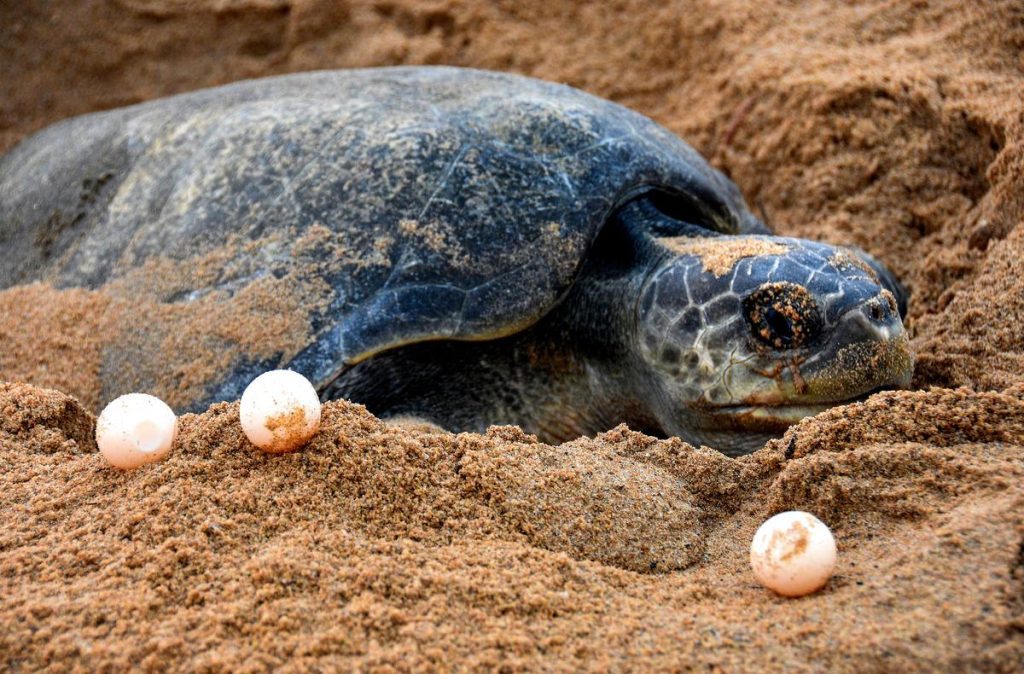
A National Model: A Future for Conservation
Dr Swain’s work at Rushikulya has become a model for conservation across India, demonstrating that strategic protection, grassroots engagement, and inter-agency cooperation can yield transformative results.
“We are proud of what we have achieved, but this is just the beginning. With continued support from the state government and the people, we can make Odisha a global leader in turtle conservation,” he concluded.
The Man Behind the Movement
Dr Sanjaya Kumar Swain is not just an officer executing orders – he is a visionary conservationist, a community mobilizer, and above all, a guardian of the coast. His efforts remind us that when leadership meets passion and science meets community, conservation becomes not just possible – but powerful.
As the waves continue to wash over the Rushikulya shore and the moonlight guides thousands of turtles back home, Dr Swain’s work ensures that nature’s delicate symphony is preserved for generations to come.

